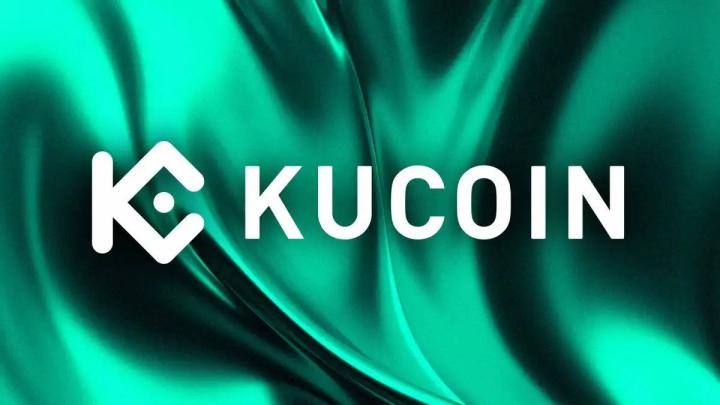Chainfeeds Introduction:
Can XPL, a brand new USDT chain, which was listed today, compete with Justin Sun’s Tron?
Article Source:
https://x.com/Sumcap/status/1970503438359200021
Article author:
Sumcap
Viewpoint:
Sumcap: On January 3, 2009, the Bitcoin Genesis Block was created, embedded with the famous phrase: "Chancellor on brink of second bailout for banks." This quote directly referenced British Chancellor of the Exchequer Alistair Darling's readiness to use taxpayers' money to rescue failing banks again after the 2008 financial crisis. The collapse of Lehman Brothers had already frozen the global financial system, wiping out the value of mortgage-backed securities and thoroughly exposing the reality of the traditional financial system's lack of regulation, institutional greed, and the fact that ordinary people ultimately foot the bill. Against this backdrop, Bitcoin was seen as a byproduct of the crisis, presenting itself as sound money: fixed supply, decentralized authority, peer-to-peer transfer, and immune to bailouts. However, the price of sound money was high volatility denominated in US dollars. As more people entered the market, the demand for predictable payments and settlements rapidly increased. Compared to (a) bank wires, (b) settlement times that take days, and (c) high fees, Bitcoin payments offered no inherent advantages in terms of speed or cost, further fueling the exploration of stablecoins. In July 2014, BitShares launched $BitUSD, allowing users to collateralize their tokens to mint dollar-pegged tokens. However, due to its over-reliance on $BTS, price drops would quickly trigger liquidations, making it difficult to stabilize. A few months later, Tether ($USDT) launched. Backed by fiat custody and offering a 1:1 redemption ratio, it requires no over-collateralization or complex mechanisms. Within a single year, its trading volume reached $19.3 million, with a market capitalization of $1.45 million. Compared to ETH, which was trading at $1, and BTC, which was trading at $240 at the time, USDT's success demonstrated the efficiency and intuitive nature of its model. Subsequently, MakerDAO launched the decentralized stablecoin DAI, and Circle launched the regulated USDC. Stablecoins have gradually become the most important payment and transaction medium in the crypto world. By 2024, stablecoins had become the most widely used product in the crypto space, with a market capitalization of $271.6 billion, even exceeding the total locked value of DeFi ($166.1 billion). That year, Visa processed a total of $13.2 trillion in payments, while the raw volume of stablecoin on-chain settlements exceeded $22 trillion. After excluding internal exchange transfers and MEV, there was still $5.67 trillion in real trading volume. Adjusted daily trading volume increased by 120% in a single year, from $432.3 billion to $949.1 billion, demonstrating sustained demand for stablecoins. More importantly, in July 2025, the US Genius Act officially recognized stablecoins as legal payment instruments, including them in mainstream clearing systems like debit card networks, ACH, and wire transfers. However, the infrastructure has failed to catch up. For example, USDT, which holds over 60% of the market share, still relies on general-purpose chains like Ethereum, which were not designed for payments. Transfers require volatile gas fees, and the compliance and scalability support required by institutions are not yet met. This creates a paradox: stablecoins, while comparable in size to Visa, remain second-class citizens, merely ordinary tokens on most public chains. Bitcoin faces a similar dilemma. Despite being the world's seventh-largest asset, with a market capitalization exceeding that of silver, its utilization in DeFi is extremely low. Current wrapped versions of BTC (such as WBTC) are distributed across different chains, resulting in fragmented liquidity and severely limiting its financialization potential. To address this issue, the Plasma Foundation has proposed a stablecoin-first, BTC-native on-chain design. Rather than treating USDT or BTC as add-ons, it treats them as first-class citizens of the system. Its core technologies include the PlasmaBFT consensus mechanism (an improvement based on Fast-HotStuff, supporting parallel pipelines and improving block production efficiency); the Reth execution layer (EVM-compatible, built in Rust, for high-performance transaction and state transition processing); and a native BTC bridge (powered by a decentralized validator network, eliminating centralized custody and small-scale multi-sig). This bridging approach not only minimizes trust but also unifies liquidity through LayerZero's interchain token standard (OFT), avoiding the fragmentation issues associated with WBTC. Plasma's stablecoin mechanism is also innovative in terms of payment experience: it supports zero-fee USDT transfers, with gas fees sponsored by contract-level Paymaster; allows direct use of US dollars as native gas; and introduces auditable and private payments, balancing compliance and confidentiality. This architecture makes Plasma a natural BTC-USDT settlement layer. [Original English]
Content Source






